Flower Mong women in Dao San commune embroider patterns on fabric
Mr. Giang A Trung, Deputy Head of the Department of Culture and Society of Dao San Commune, shared: “Each Mong ethnic group has its own characteristics expressed through their costumes, especially women. Black Mong and Flower Mong women use belts. As for the Lo Lo Mong, their skirts have indigo and white tones, with hand-embroidered motifs emphasized on the hem of the skirt, sleeves, neck and front of the shirt, in which the shirt has a deep slit.”
The Mong Lo Lo people are distributed in the villages: Tung Qua Lin, Cang Ky, Co Ki, Cang Ha, Senh Sang A, Senh Sang B with a total of 2,540 households, accounting for 19.12% of the commune's population. In Cang Ha village, there are more than 110 Mong Lo Lo households living and the image of women sitting and embroidering on the porch has become familiar.
Ms. Sung Thi Mao (Mong Lo Lo ethnic group) in Cang Ha village shared: “It takes me 4-5 days to sew the sleeves. Because it is completely handmade and I don’t use a sewing machine, I can only make 2 outfits a year. I always try to embroider during the summer, so that I can have time for my relatives to wear them during Tet.”
The costumes of the Lo Lo Mong people have simple patterns but have their own personality. The color tones, combinations and each stitch show the individual aesthetic taste of each woman. A traditional dress costs over 1 million VND and usually takes 4-5 months to complete. However, today, many young people have changed their way of doing things. They often buy patterned fabric from the market to make skirts, saving costs and making them lighter to wear when working.
Mr. Giang A Trung added that although there are changes over time, traditional culture is still the root. Young people can choose more modern ways to save time, but we still try to preserve traditional values. Community cultural activities such as festivals, fairs, New Year's Day... all encourage wearing traditional costumes, so that the next generation does not forget their roots.
Dao San is not only a place to live but also a cultural space for cultural exchange among ethnic groups in the Northwest. Among them, the Flower Mong and Black Mong are two large communities, playing the most prominent role in preserving and spreading traditional identity here. The Flower Mong stand out with their colorful costumes, especially flared skirts with elaborate embroidery patterns, the skirt is often pleated, the highlight is the elaborate hand-embroidered wide cloth belt. Meanwhile, the Black Mong have a simpler, more discreet style. Their costumes are often indigo or jet black tones, with few elaborate patterns but are special in their sewing, weaving and natural dyeing techniques from leaves. Both the Flower Mong and Black Mong groups play an important role in preserving linen weaving, embroidery, making do paper and traditional religious rituals.
An indispensable cultural activity in the Dao San highlands is the market. This is not simply a place to exchange goods, but also a space to spread identity, a small "stage" where ethnic costumes show off their beauty. Here, we can easily see the image of Mong women sitting at their stalls, their hands quickly embroidering patterns on scarves, sleeves or skirts.
Amidst the mist in the villages of the commune, Mong women are still persistent in every needle and thread, preserving the national soul in every fold of their skirts. The diversity in costumes, in voices and even the unique customs of the Black Mong, Flower Mong, and Lo Lo Mong are enriching the cultural treasure of ethnic groups in the highland border areas of the Fatherland.
Source: https://baolaichau.vn/van-hoa/dao-san-noi-hoi-tu-sac-mau-van-hoa-dan-toc-mong-519860


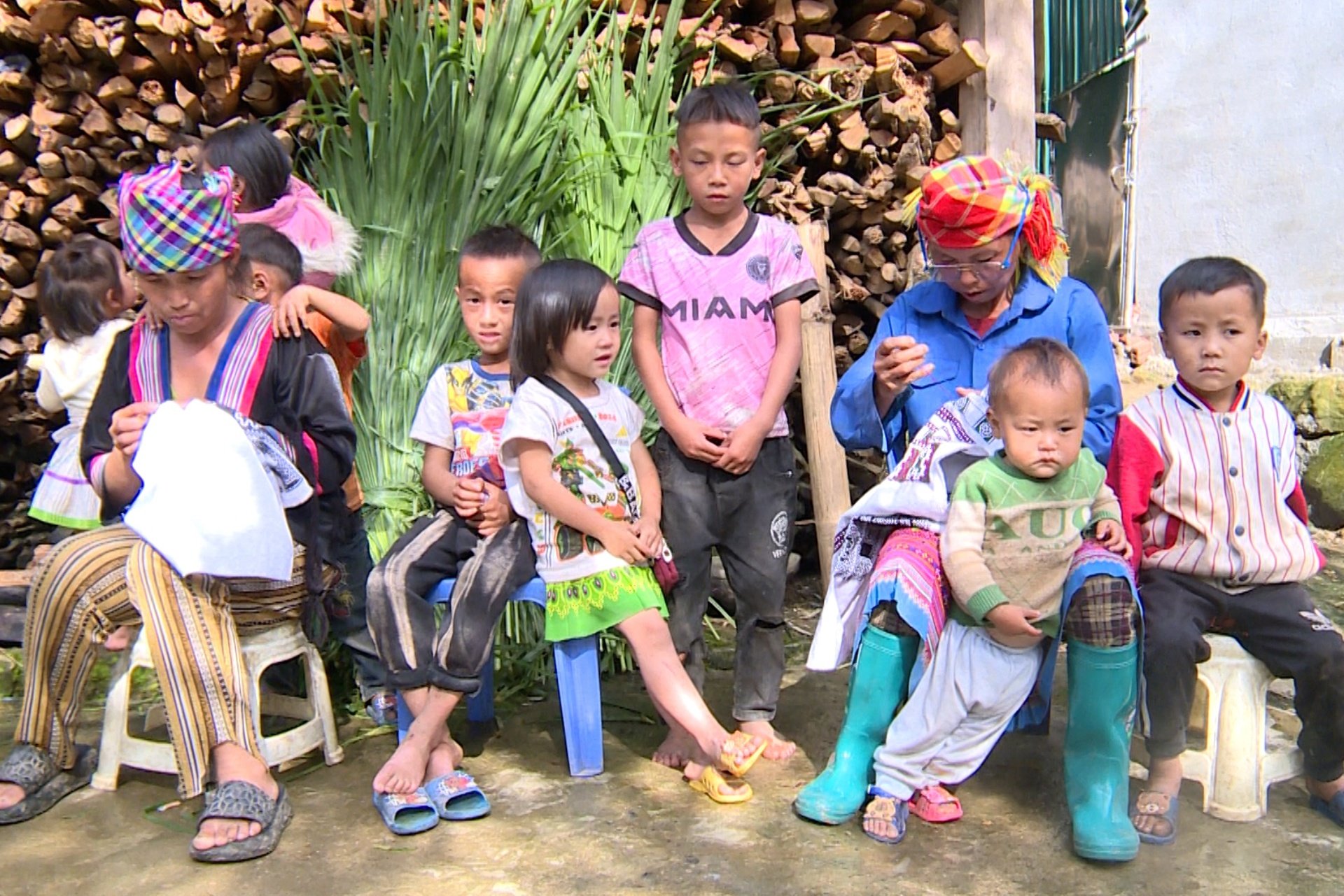
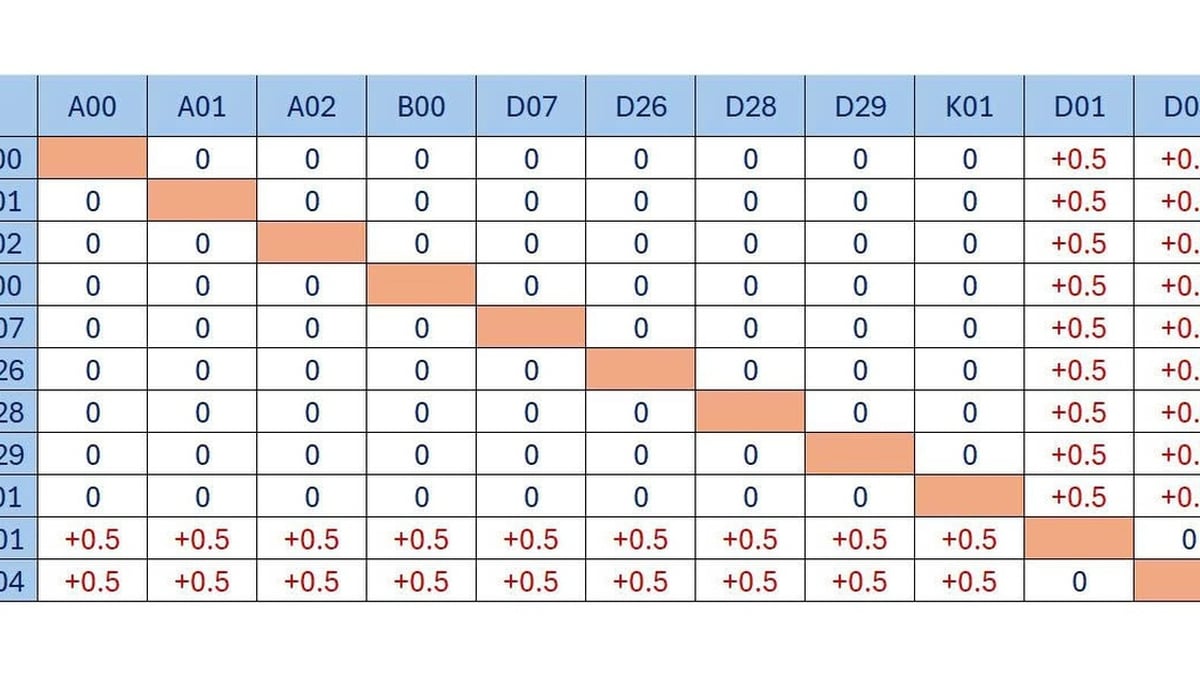
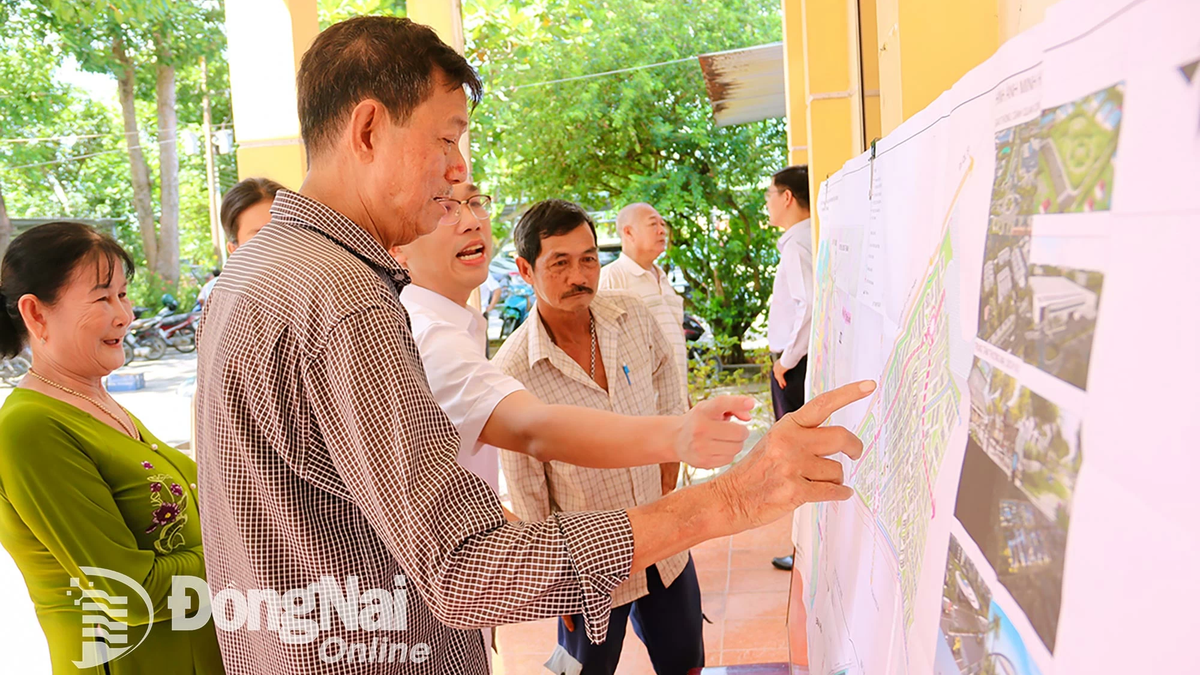
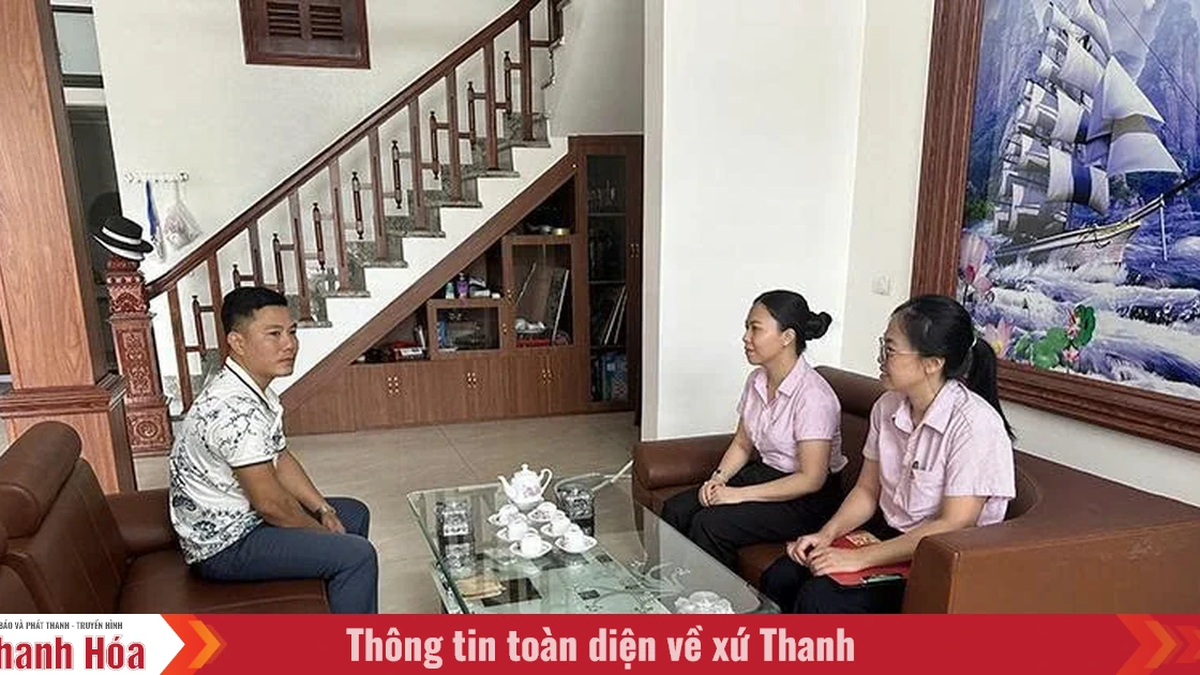
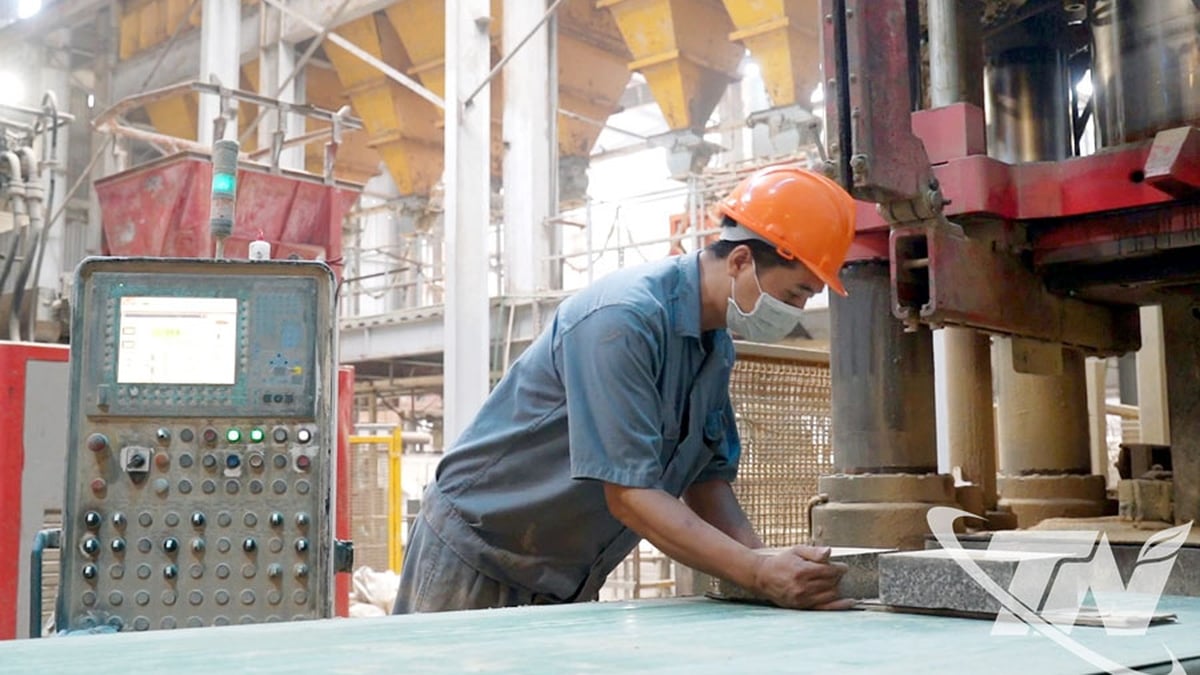
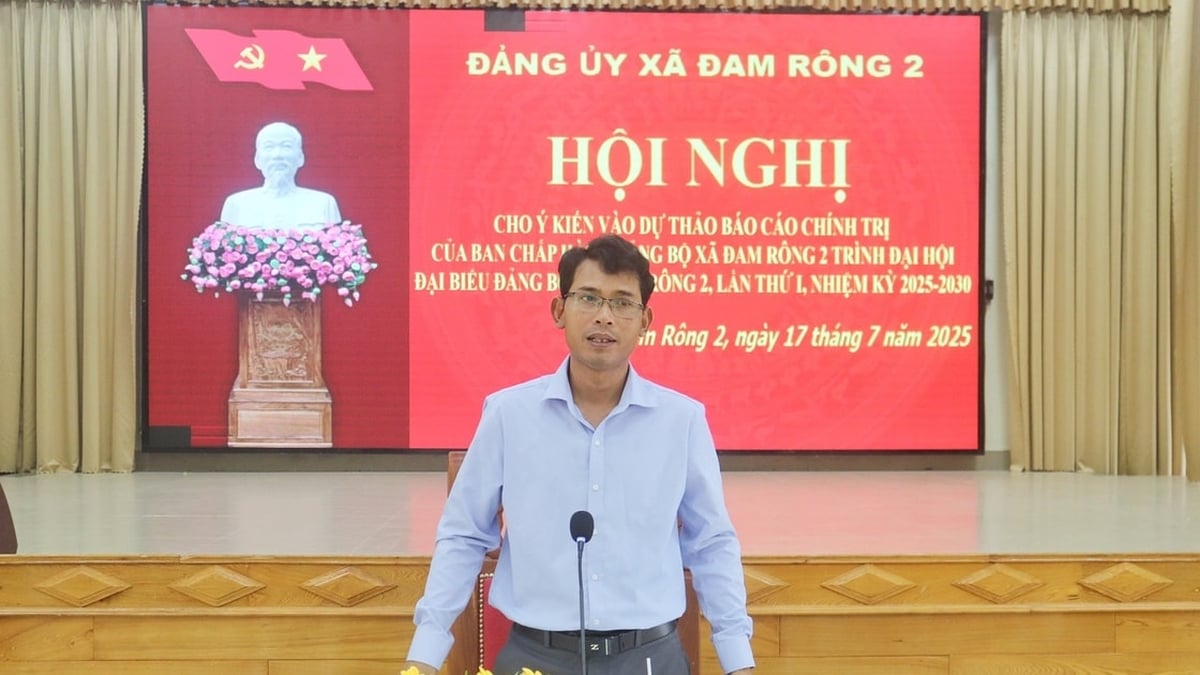

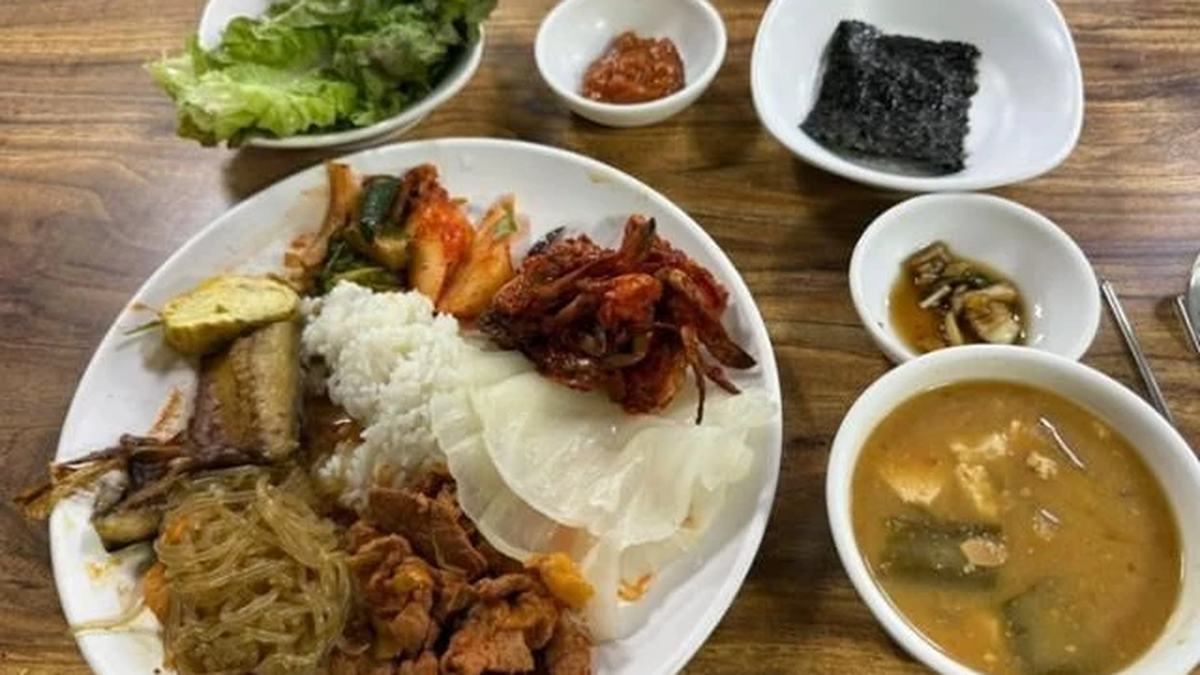


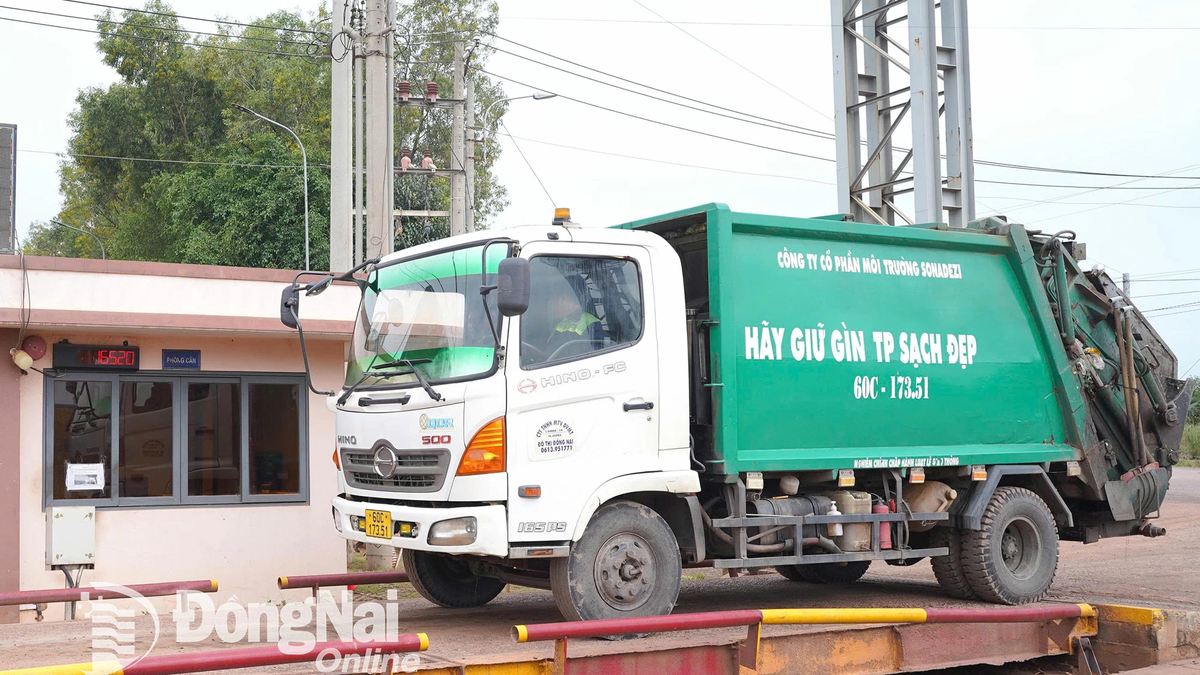

















































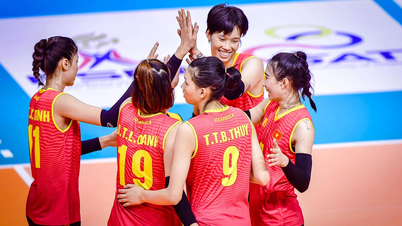



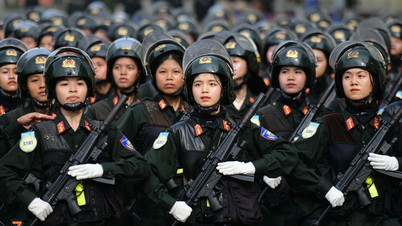





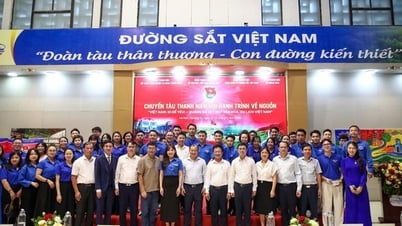

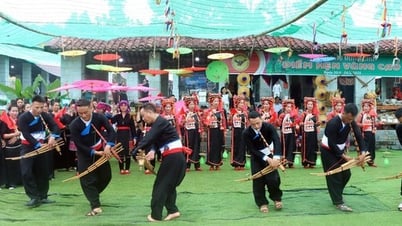
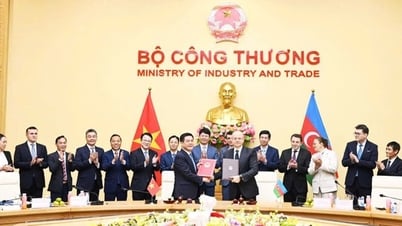












![[Infographic] In 2025, 47 products will achieve national OCOP](https://vphoto.vietnam.vn/thumb/402x226/vietnam/resource/IMAGE/2025/7/16/5d672398b0744db3ab920e05db8e5b7d)














Comment (0)